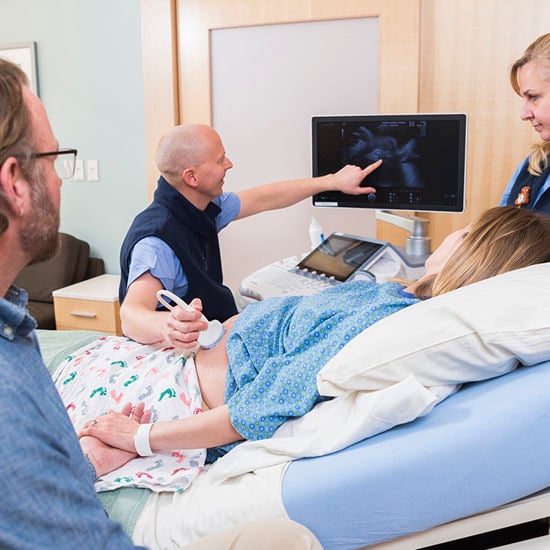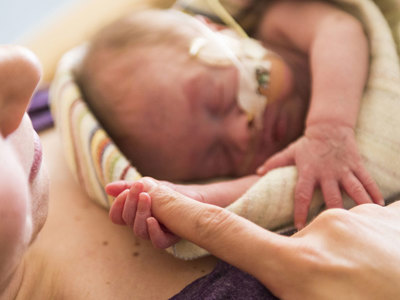- Doctors & Departments
-
Conditions & Advice
- Overview
- Conditions and Symptoms
- ¿Está enfermo su hijo?
- Parent Resources
- The Connection Journey
- Calma Un Bebé Que Llora
- Sports Articles
- Dosage Tables
- Baby Guide
-
Your Visit
- Overview
- Prepare for Your Visit
- Your Overnight Stay
- Send a Cheer Card
- Family and Patient Resources
- Patient Cost Estimate
- Insurance and Financial Resources
- Online Bill Pay
- Medical Records
- Política y procedimientos en el hospital
- Preguntamos Porque Nos Importa
-
Community
- Overview
- Addressing the Youth Mental Health Crisis
- Calendar of Events
- Child Health Advocacy
- Community Health
- Community Partners
- Corporate Relations
- Global Health
- Patient Advocacy
- Patient Stories
- Pediatric Affiliations
- Support Children’s Colorado
- Specialty Outreach Clinics
Your Support Matters
Upcoming Events
Colorado Hospitals Substance Exposed Newborn Quality Improvement Collaborative CHoSEN Conference (Hybrid)
lunes, 29 de abril de 2024The CHoSEN Collaborative is an effort to increase consistency in...
-
Research & Innovation
- Overview
- Pediatric Clinical Trials
- Q: Pediatric Health Advances
- Discoveries and Milestones
- Training and Internships
- Academic Affiliation
- Investigator Resources
- Funding Opportunities
- Center For Innovation
- Support Our Research
- Research Areas

It starts with a Q:
For the latest cutting-edge research, innovative collaborations and remarkable discoveries in child health, read stories from across all our areas of study in Q: Advances and Answers in Pediatric Health.


Luke and Levi: Unique Surgery Technique Saves Twin Babies

Sometimes moms just have a feeling — a sixth sense. That seems especially true for pregnant moms. For Sarah Oligmueller of Pilger, Nebraska, that sense was particularly strong as she and her husband, Tyler, were on their way to her 8-week appointment. And her feeling was right. The Oligmuellers weren’t having just one baby; they were having twins: Luke and Levi.
Being pregnant with twins requires more monitoring than a standard pregnancy and more appointments with maternal fetal medicine specialists. For the Oligmuellers, it meant they needed to travel to Omaha for care. As Sarah was making the two-hour drive to Omaha for one of her many appointments, she again felt that sixth sense.
“At the appointment, I asked the sonographer to tell me how big my babies were,” Sarah says. “That’s when my feeling became a reality.”
Specialists were only able to measure Luke. Levi was what medical professionals call “stuck,” essentially vacuum-sealed off, receiving very little amniotic fluid while Luke had more than enough. This condition is called twin-to-twin transfusion syndrome, or TTTS. TTTS is a condition where twins growing in the same womb don’t share blood flow equally. This can lead to significant problems including heart failure, neurologic damage and early delivery.
Treatment for TTTS is only offered at a handful of centers around the country, including the Colorado Fetal Care Center at Children’s Hospital Colorado. That’s where the Oligmueller’s maternal fetal medicine specialist in Omaha, Dan Connealy, MD, recommended they go. TTTS usually requires evaluation and care at a specialized center within 48 to 72 hours, and the Colorado Fetal Care Center has a team available 7 days a week if needed. So the next day the Oligmuellers dropped their two-year-old daughter off with her grandparents and drove the eight hours to Aurora, Colorado.
Unusual fetal surgery
Upon meeting with Colorado Fetal Care Center maternal fetal medicine specialist and fetal surgeon Nick Behrendt, MD, the Oligmuellers learned that their case of TTTS was incredibly severe. Dr. Behrendt recommended immediate treatment. The best solution for TTTS is typically fetoscopic laser ablation. It’s a minimally invasive surgery in which the surgeon inserts a tiny scope into the uterus, through the amniotic sac. This allows the surgeon to see the abnormal vessels and use a laser to treat them. The Colorado Fetal Care Center has performed over 330 laser ablations and has a higher survival rate for one or both twins than the national benchmark data.
But Sarah’s placenta was different. It covered the entire front wall of her uterus and then some. “Her case was really unique,” Dr. Behrendt says. “We just couldn’t find a safe entry spot using what I would say are our traditional methods. This is one of the only times we’ve seen that, and my colleagues and I had to put our heads together to come up with a treatment plan.”
Ultimately, the team decided to adapt the minimally invasive procedure and combine it with what’s called an open procedure. In other words, they would have to surgically open Sarah’s abdomen and move her uterus forward out of her abdomen (while still attached to her) so they could create an opening to perform the scope procedure. For the plan to work, Dr. Behrendt and all three other fetal surgeons, Henry Galan, MD, Kenneth Liechty, MD, and Michael Zaretsky, MD, would need to be in the operating room. (Typically, only two would perform the surgery.)
“When they told me the plan I was like, ‘Whatever you think you can do, do it,’” Sarah recalls. “My husband and I had decided we needed to do what was best for our babies, and this was our best chance. And it worked. The surgery went really well.”
Follow-up care and birth
Once Sarah recovered enough to travel, Dr. Behrendt worked closely with Dr. Connealy to develop a follow-up care plan that would help keep her closer to home for the rest of her pregnancy. “That’s one of our top priorities for every patient who has to travel here for care,” says Dr. Behrendt. “We’ll do everything we can and work collaboratively with their home medical teams to transfer them back home as soon as is safe.”
Sarah carried the twins another 13 weeks and 6 days to deliver at 34 weeks, 5 days, about four weeks longer than the average for twins with TTTS who get laser treatment.
Luke and Levi were born on March 20, 2020. Although Levi continues to be a little smaller than Luke, he works hard every day to catch up. “You can tell these boys are farmer’s kids by how much they love food,” Sarah laughs. “For families facing a diagnosis like this, my advice is to go to your appointments, do your research, ask the questions and find the best doctors out there — then it is in God’s hands.”
“Every case of TTTS has some uniqueness to it,” says Dr. Behrendt. “This particular situation was very unique — but being able to think through it together with our entire team, and having the practice and expertise to do both open and minimally invasive procedures, allowed us to add in and modify a technique we use for a totally different procedure to successfully treat Sarah and her boys.”
"We will be forever grateful for our medical team at the Colorado Fetal Care Center,” Sarah adds. “They all are miracle workers. We couldn't imagine our lives without Luke and Levi. They are a true blessing in our lives."

Would you like a second opinion?
If you have received a prenatal diagnosis, are considering treatment options or just want to feel more confident about your treatment plan, our fetal care experts are here to help.
Request a second opinion from our Colorado Fetal Care Center



 720-777-0123
720-777-0123






